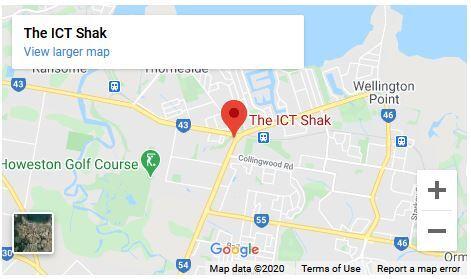Website performance optimization and website speed optimization are two important aspects to ensure success for brands. It also helps brands and websites to establish a secure customer base through effective optimization strategies. It is imperative for brands to have an indomitable online presence to boost their digital footprint in this competitive market. Online visitors and buyers are looking for the most effective ways to reach out to brands and connect with their products and services. Since remote operations are still continuing in the current scenario, having a functional website with good search engine rankings and high speed is essential to conduct smooth business.
There are ample proven ways to increase website speed. However, critical analysis needs to be conducted over a set of analysed data regarding website performance and speed. This gives a better understanding of the areas that need improvement to ensure customer satisfaction.
Constantly track your website performance for any anomaly. It is important to note that today’s audience has a short attention span. They do not like to wait. If a website takes too long to load its landing pages, the audience will exit it in no time. Increase website speed with a clean website design and monitor your website speed with PageSpeed Insights.
How to Improve Website Loading Speed
Different brands are out in the market with different goals, interests and set of values. Similarly, the target audience you want to reach out to is interlinked to all these factors. Google declared website page loading speed as a ranking factor. So, the end goal is to make the website swift to secure more visitors from Google. Improvising on the factors considered important by Google gives dual benefits to brands. It not only helps the brand to grow organically but also ensures a steady customer base through swift communication and call-to-action measures.
Here are some great practices that help to increase website speed and performance successfully:
- Implement a Content Delivery Network(CDN) - Global servers are known for sharing static files like JavaScript or CSS of a website. Websites with their own CDN offer a faster and accessible experience to visitors. Video downloads are made easier with the implementation of CDN and visitors are engaged with fast-loading content.
- Implement Adaptive Images - Using adaptive images for websites are great for website performance optimization. It increases the website speed by saving bandwidth. There are new image formats that are highly beneficial to reduce image weight without compromising on image quality.
- Conduct a Plugin Purge - This process is an excellent measure to reduce server lag and increase website speed. There is a large number of free plugins and scripts available that traps brand and website owners into adding more than truly required. After all, more resources will slow down a website. A plugin purge is nothing but getting rid of unnecessary tools that are not in any use for the website or its visitors. It is one of the evergreen website speed optimization tactics.
- Optimize Cascading Style Sheets (CSS) - Just like JavaScripts, CSS is responsible for styling web pages. It is better to have one integrated CSS code than multiple files for smoother operations. Inline CSS offers better flexibility and page loading speed than external CSS files. Also, “media types” are a great option to define when specific CSS files should be loaded.
- Enable OPcache - This is an in-built caching engine for websites that focus on coding language PHP. OPcache enabled PHP for websites significantly increases the loading speed of web pages. It depends on the website hosting partner. There are different hosts that offer manual or default OPcache enabling.
- Enable HTTP Keep-Alive Response Headers - The purpose of HTTP requests is to catch, distribute and close files. The Keep-Alive feature enables the browser to continue with the same server connection and send multiple files. Holding one connection open for users than opening multiple new connections for the same user affects the processor, network and memory.
- Use GZip Content Compression - Content compression has significantly increased website speed optimization. The algorithm can automatically do its work on JavaScript, HTML and CSS. There are specific codes that are best used by professionals that can successfully turn on GZip content compression for greater user experience and better website performance.
Takeaway
These are some of the most common but highly effective ways to optimize websites and increase their performance and speed significantly. So, if there is a delay in your website loading speed, you have some basic idea, to begin with, and look into. Since website performance and speed are essential factors for search engine ranking and optimization, it is necessary to identify the grey areas. You will be better prepared to eliminate website risks and increase your organic traffic footprint simultaneously.




